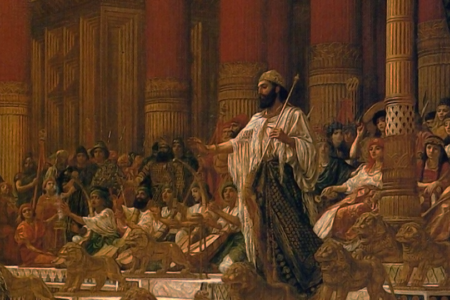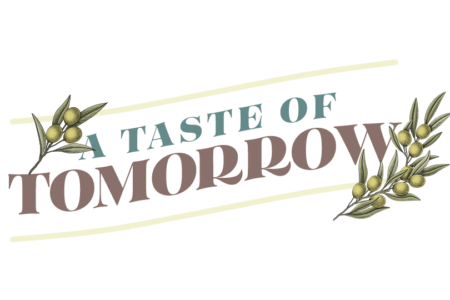Inside View Sep/Oct 2022
“The Holocaust is not about the murder of 6,000,000 Jewish people, it’s about the murder of one Jewish person times 6,000,000!” This statement grabbed my attention during a recent visit to Yad Vashem, the World Holocaust Remembrance Center in Jerusalem.
Yad Vashem is Israel’s national Holocaust museum, founded in 1953 to memorialize those who perished in the largest genocide in the history of mankind. The Hebrew name comes from Isaiah 56:5: “To them I will give in My house and within My walls a memorial [yad], and a name [vashem] . . . which will not be cut off” (NASB). The museum is a testimony that, despite humanity’s attempts to eradicate them, the Jewish people will not be destroyed.
Yad Vashem not only memorializes those who suffered and died in World War II but also reminds us that each victim had a name and a story. They all were individuals, like you and I, who suddenly found themselves trapped in a world of horror. To say the Holocaust was the murder of one Jewish person times 6 million is to understand the atrocity through the stories of its victims.
Yad Vashem is built on Mount Herzl in western Jerusalem. Below the museum is a 2.5-acre monument called the Valley of the Communities carved out of bedrock at the base of the mountain. Engraved into the labyrinth of the natural stone walls are the names of more than 5,000 European Jewish communities that existed for hundreds of years. By the end of the Holocaust, nothing remained but the names.
Yad Vashem has so many stories to tell—each one a testimony of a human catastrophe. The world is full of injustice and inhumanity, but nothing has matched the Holocaust in scale or in degree of brutal dehumanization.
Yad Vashem is also about those who survived. It has recorded testimonies of Jewish people willing to share the horrific memories of inhumane treatment, forced labor, starvation, loved ones who perished, and more.
Fortunately, God moved some Gentiles to do good in the midst of evil. A tree-lined path across the Yad Vashem campus is called the Avenue of the Righteous Among the Nations. Each tree represents a Gentile who risked his or her life to rescue Jewish people. Many sacrificed careers, businesses, and personal safety to do what they knew was right. Yad Vashem’s division that researches and certifies the Righteous Among the Nations identified 28,000 individuals as of 2021.
The World Holocaust Remembrance Center is built around three principles: collection, research, and education. It has collected tens of thousands of artifacts and more than 220 million pages of documents related to the Holocaust. It adds 20,000 new pages each year. These documents help to connect people and reconstruct the lives of victims. The International School of Holocaust Studies is the only school of its kind in the world, using innovative methods and creative materials to teach educators about the Holocaust.
We take all of our Israel tours to Yad Vashem. Its website, yadvashem.org, is an amazing resource center, where you can access thousands of stories, pictures, and videos.
Yad Vashem keeps alive the moving stories of those who suffered. But perhaps its greatest testimony to the world is for the Lord, who promised that no one—regardless of strength or determination—will destroy His uniquely chosen people, the “apple of His eye” (Zech. 2:8).
God promised that the Jewish people will always exist (Jer. 31:35–36) and that He will curse him who curses Israel (Gen. 12:3). Hitler’s Third Reich is no more. But the nation of Israel is alive and thriving in the land God promised will belong to the Jewish people forever.








